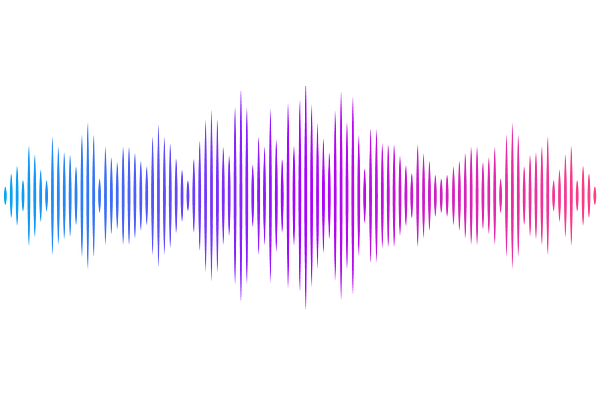Altered inflammatory state and mitochondrial function identified by transcriptomics in paediatric congenital heart patients prior to surgical repair

Altered inflammatory state and mitochondrial function identified by transcriptomics in paediatric congenital heart patients prior to surgical repair
Bartoli-Leonard, F.; Harris, A. G.; Saunders, K.; Madden, J.; Cherrington, C.; Sheehan, K.; Baquedano, M.; Parolari, G.; Bamber, A.; Caputo, M.
AbstractBackground: Congenital heart disease (CHD) remains the most common birth defect, with surgical intervention required in complex cases. In contrast to adult heart disease, which disproportionately affects the left ventricle, complex CHD can be characterized by increased right ventricular (RV) pressure, leading to RV hypertrophy and eventually failure, with RV function known to be a major predictor in sustained cardiac health in these patients. Little understanding of the differences in the molecular landscape of RVs in disease compared to control is known and harnessing this understanding might present novel therapeutic strategies to improve surgical outcomes and reduce the need for reintervention. Methods: RV samples were collected from discarded myocardial tissue from paediatric patients under 16 years of age undergoing their first cardiac surgery at Bristol Royal Hospital for Children or obtained from control autopsy subjects. RNA sequencing and subsequent cellular deconvolution was conducted in CHD samples and integrated with publicly available control dataset. Cellular deconvolution, pathway network analysis and gene ontology were conducted and changes in expression of markers was confirmed via histological analysis. Results: Presence of CHD drove significant divergence of transcriptome with 511 differentially expressed genes (log fold change [≥] +/-2, padj [≤] 0.05), with 82% shared genes present in both sample groups. Known CHD linked genes; TBX5, JAG1, NOTCH2 and NOTCH1 were reduced in CHD RV compared to controls (padj = 2.24E-07, 1.38E-27, 7.76E-31 and 9.11E-7 respectively). Mitochondrial dysfunction genes RPPH1 and RMPR (padj = 4.67E-132, 2.23E-107, respectively) were increased in CHD compared to control. Gene set enrichment identified mitochondrial dysfunctional pathways, predominately changes to the respiratory functions. Negative regulation of mitochondrial functions and metabolism was identified in functional network analysis. Key adaptive immune cell markers T helper cell markers CD4 and SELL were significantly downregulated (p < 0.0001, p=0.003, respectively). Cytotoxic T cell markers CD8a, LAGE3 and CD49a were significantly increased in CHD compared to control (p = 0.0006, p < 0.0001, p < 0.0118, respectively) as was proinflammatory marker Caspase1 (p=0.0055). Histological analysis confirmed an increase in cellular bodies with the CHD RV tissue and positive staining for both CD45 and CD8 in CHD RV tissue, which was absent in control. Deconvolution of bulk RNAseq data suggests a reduction in CD4+ T cells (p = 0.0067) and an increase in CD8+ T cells (0.0223) no change in fibroblasts of B cells present. Network analysis identified positive regulation of the immune system and cytokine signalling clusters within the inflammation functional network as were lymphocyte activation and leukocyte differentiation. Conclusions: Utilizing RV tissue from paediatric patients undergoing CHD cardiac surgery this study identifies dysfunctional mitochondrial pathways and an increase in inflammatory T cell presence prior to reparative surgery.